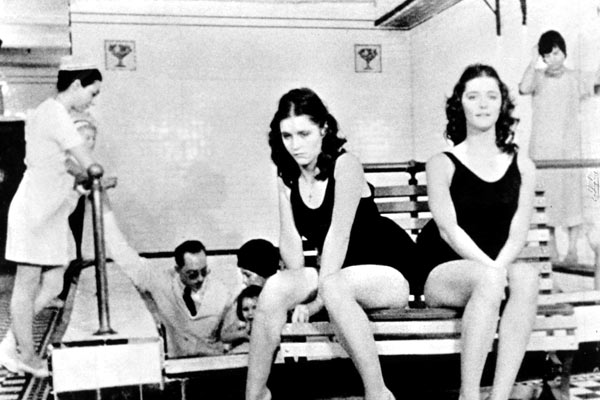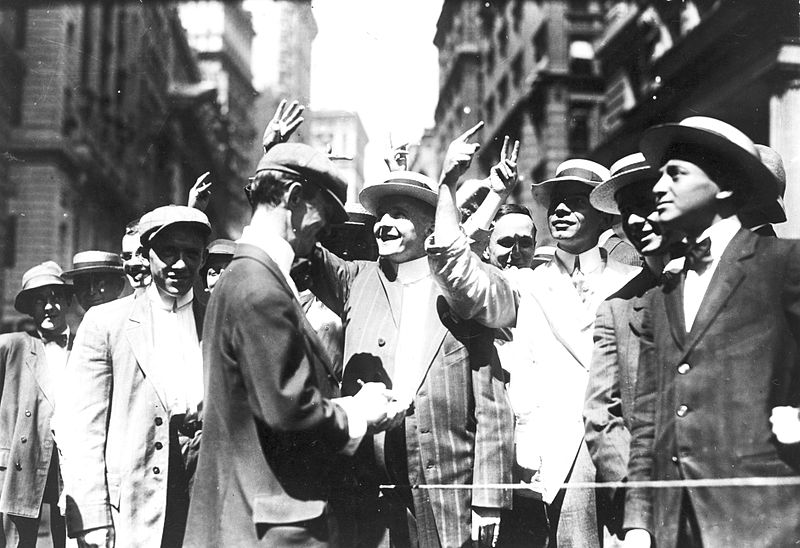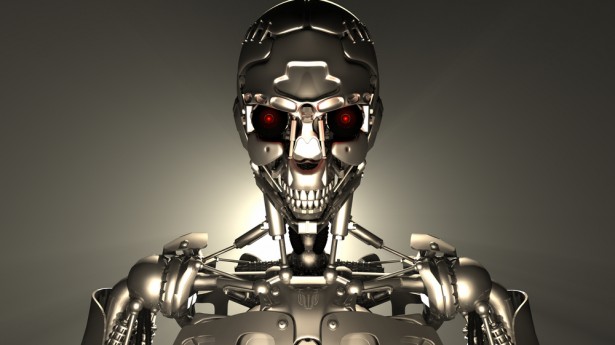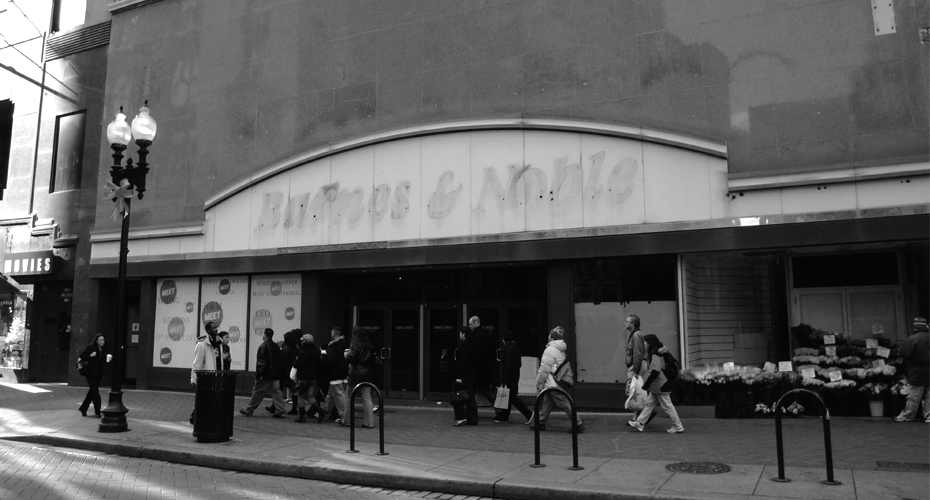I’ve used the artwork of Rick Guidice and Don Davis on this site in the past. They’re the artists NASA hired in the ’70s to create awe-inspiring representations of space colonies the department hoped to build. Veronique Greenwood’s new Discover article, “The Men Who Made Space Colonies Look Like Home,” explains how and why the artists came to create their far-flung work. An excerpt:
“In the mid-1970s, NASA began to give grants to a Princeton physics professor named Gerard O’Neill. O’Neill was convinced that building colonies that orbited the Earth was the best way to harvest the mineral riches of asteroids and provide a home for the burgeoning millions of Earth. The colonies would trail behind the moon, a location where they would not need to expend any fuel to stay aloft. On them would be vast manufactories of solar arrays that, released into space, would beam power back to Earth in the form of microwaves, justifying the colonies’ expense. For a few years, O’Neill’s ideas spread like wildfire through a certain set of forward-thinkers in science and the media.
In 1975, O’Neill spearheaded a ten-week-long study at NASA Ames Research Center in Mountain View, California, working with engineers, social scientists, and other researchers, as well as architects, to see whether such structures were feasible. Their final report describes several possible colony types, such as the Bernal Sphere, in which the landscape is smeared across the interior of an enormous globe, and which generates its own gravity using centrifugal force. A cylindrical colony, in which a twenty-mile long tube was lined with human habitations, also made the cut, as did toroid colonies, shaped like immense hula hoops. With the extension of current engineering, the study participants concluded, it was possible that such things could be built and sustained as early as 1990.
Someone at NASA got in touch with Davis and Guidice, who had each worked on other illustrations for the agency in the past, about illustrating the report. Soon they were receiving sketches, technical specs, and explanations from O’Neill.”




























